It sounds like the sort of challenge designed more for punishment than pleasure: a 485-mile foot expedition across the Rub’ al-Khali in the Empty Quarter of Saudi Arabia, the largest continuous sand desert in the world.
And Aberdeen-born Gavin Booth and his companion, Adam Wilton, were struck by the gravity of their situation when they came across the bones of a camel in the wilderness.
As he said: “If the ship of the desert doesn’t have enough water to survive in temperatures which can go from 32 degrees in the winter to 50 or 60 degrees in the summer, that was a reminder of how seriously we had to take the Crescent Crossing.”
‘I grew up loving these adventures’
However, this wasn’t the first time that Gavin had tested himself in extreme conditions. On the contrary, his CV reads like an almanac of the globe’s most extreme places.
It has encompassed treks to the Antarctic, gruelling ultra runs in Guadeloupe and Northern Canada and participating in another desert odyssey — the Marathon des Sables, where he put his body through the wringer.
And he was awarded an MBE in 2011 after raising more than £25,000 for the UK Antarctic Heritage Trust by journeying to the South Pole.
His preparations for this latest charity enterprise were equally single-minded and level-headed. On December 27, he said cheerio to his wife, Emma, and his children, Isla and James, as the New Year beckoned.
He wouldn’t see them again for more than three weeks.
It wasn’t the ideal departure
As he explained, nobody should go lightly into these forays without adopting the approach that every eventuality has to be anticipated in advance.
He is nearing 50 now – and Adam is also in his late 40s – but they sat down and worked out the logistics of how to navigate their way through 22 days where they were carrying all their supplies and water in self-built rickshaw-style carts weighing over 200kg.
Preparation was everything. And they left as little to chance as they possibly could.
He said: “There was quite a short lead-in to this venture, but we pulled it together in seven months, which was really challenging.
“The expedition itself was just the tip of the iceberg. We both knew each other well from previous collaborations and there was no doubt that we could rely on each other.
“We were committed, competent, resilient. But we had to get fit.
“We’re not as young as we used to be and that meant we had to do a lot of training in a relatively short time.
Tyre dragging six hours on a Sunday
“This involved long-distance hiking trips in Wales and tyre dragging – which is the staple of Arctic and Antarctic explorers – for six hours solid on Sundays or getting up at 6am and hauling tyres round a local park to build up our core strength.
“We also did gym work and I joined a cycle trip from Land’s End to John o’ Groats.
“Apart from the physical side, I also contacted the Royal Geographical Society to learn more about Saudi Arabia and talked to other explorers.
“We also needed somebody who would help us if there was a major emergency, and who could locate us with a GPS reference – in the desert.
“And we had discussions with lots of people about the environment, how much water to take with us, as well as arranging visas, getting to Saudi, and negotiating time off work.”
‘We built the carts ourselves’
“We designed the carts last summer and built them in the autumn. We had to make sure they could carry more than 200kg of food, water and other supplies.
“But that still didn’t mean we could plan absolutely everything. Life isn’t like that.”
For most of their journey, the duo were in splendid isolation. Yet, at the outset and towards the climax, they were joined by camel herders and other Bedouins.
And their sights were set on making a critical stop at the Ash Shalfa oasis, in the centre of the desert, to replenish dwindling water reserves.
By that stage, they had already recognised the scale of what they had undertaken.
‘We wondered if we could carry on’
Gavin said: “Because it was an unknown quantity and nobody had attempted the Crescent Crossing before, everything was going to depend on the sand conditions.
“We started with 130 litres of water, which, in theory, might have got us the whole way, but we had a lot of concerns early on, because the going was really tough.
“It was immensely hard to move the carts during a 38-mile dune crossing from about day three and, looking back, I still don’t know how we managed to do it.
“That could have been the end of the whole thing very early on. We had to do relays with the carts, take some of the water out and come back for it, and that was tough.
“By the time we reached the oasis, we had planned to top up our water supply. But the guardian of the oasis wasn’t there and the tap for the camel water didn’t work.
“It was a serious problem for a bit, but we persevered and finally got the tap to function, and we had filtration tanks which gave us 20 litres of reserve water.
“But neither of us forgot about the camel bones. That was a stark reminder.”
Gavin and Adam had pledged to support the UK-based organisation Frank Water, which works to alleviate water poverty, enhance health and promote sustainable water management in India, Nepal, Kenya, and beyond.
And it’s a cause which the north-east man feels strongly about.
It makes a big difference
He said: “It’s a smallish charity, but it makes a big impact on so many communities.
“They don’t just dig wells and install toilets and taps, they look at sustainable water, they work with engineering companies and offer solutions to people in places which are really suffering from climate change.
“So it was a very worthwhile charity for us to partner with.
“In the bigger picture, the climate has changed a lot over millions of years, long before humans were around, and it has waxed and waned in different ways at various times.
“But you are now seeing it happen right in front of you. The ice shelves are retreating in Antarctica, the melting of the Polar ice caps is causing the sea level to rise, and temperatures are rising across the world, so it is affecting the whole ecosystem.
“I don’t understand how some people can still say that it isn’t happening. Not when the scientific evidence is there and readily available.”
As president of the London branch of the Gordonian Association, Gavin still returns to Aberdeen every year and his Scottish burr is intact despite two decades in England.
But what prompted his wanderlust and desire to seek out new challenges? And, now that he is back from the desert, does he have anything else planned in the future?
‘I caught the bug in 2004’
He said: “I’ve always loved the outdoors and been interested in geography. And putting an expedition together is a bit like a puzzle or being a mini entrepreneur.
“You’re going into a new market and you don’t know anything about it at the start, so you have to take it on, work out a strategy, and realise there are no shortcuts.
“For the moment, I want to spend time with my family, who have been incredibly supportive of me, so I don’t think I’ll be asking to go anywhere else anytime soon.
I’m grateful for their backing
“It doesn’t mean that something else won’t come up in the future, because I think this thrill of adventure is in my bones.
“But a nice holiday with the family would probably be a good idea this year!”
You can support Gavin’s Crescent Crossing charity venture at https://www.thecrescent-crossing.com/
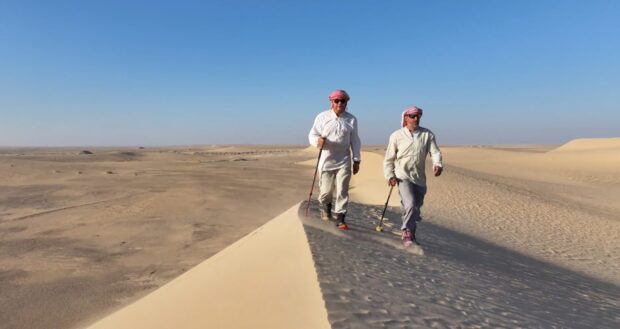
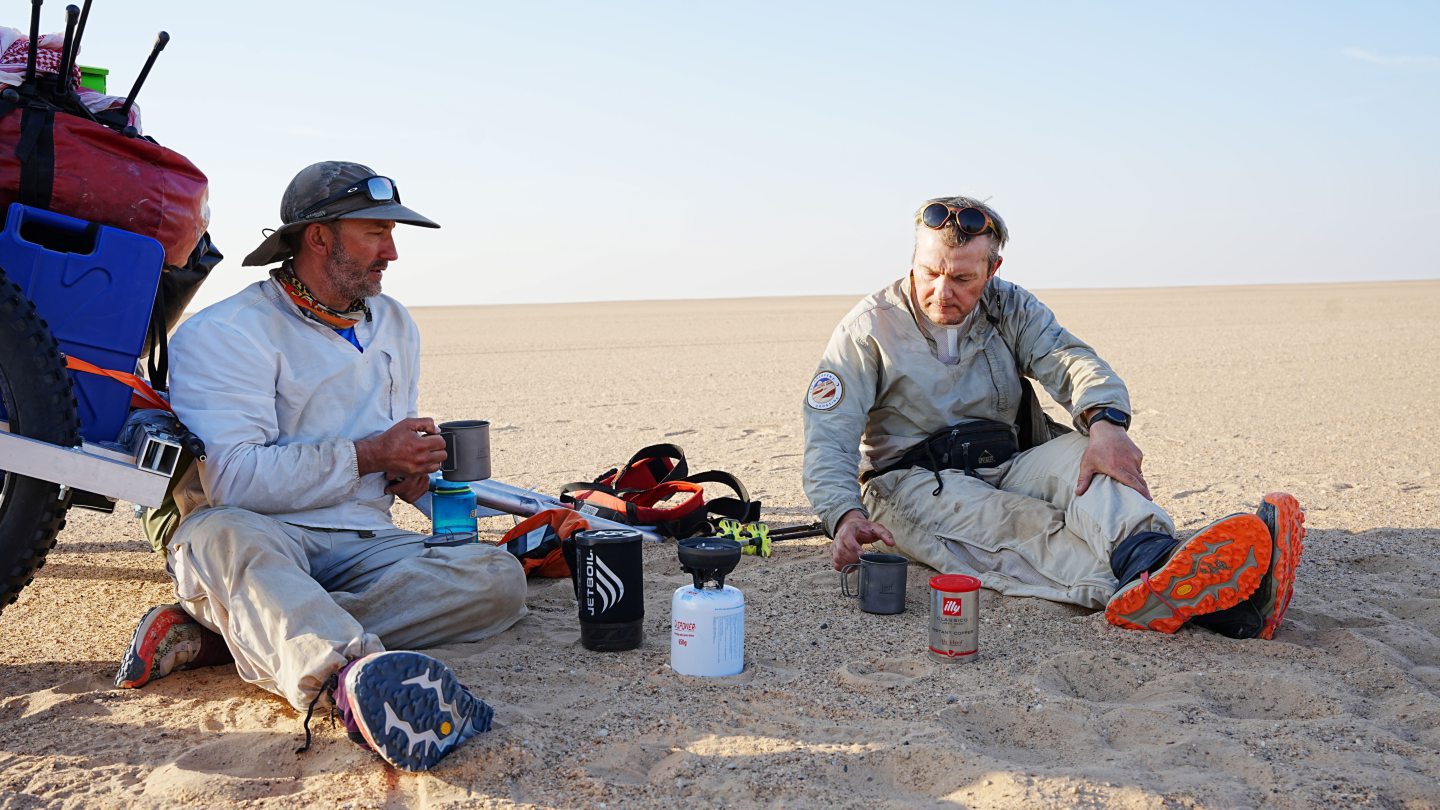

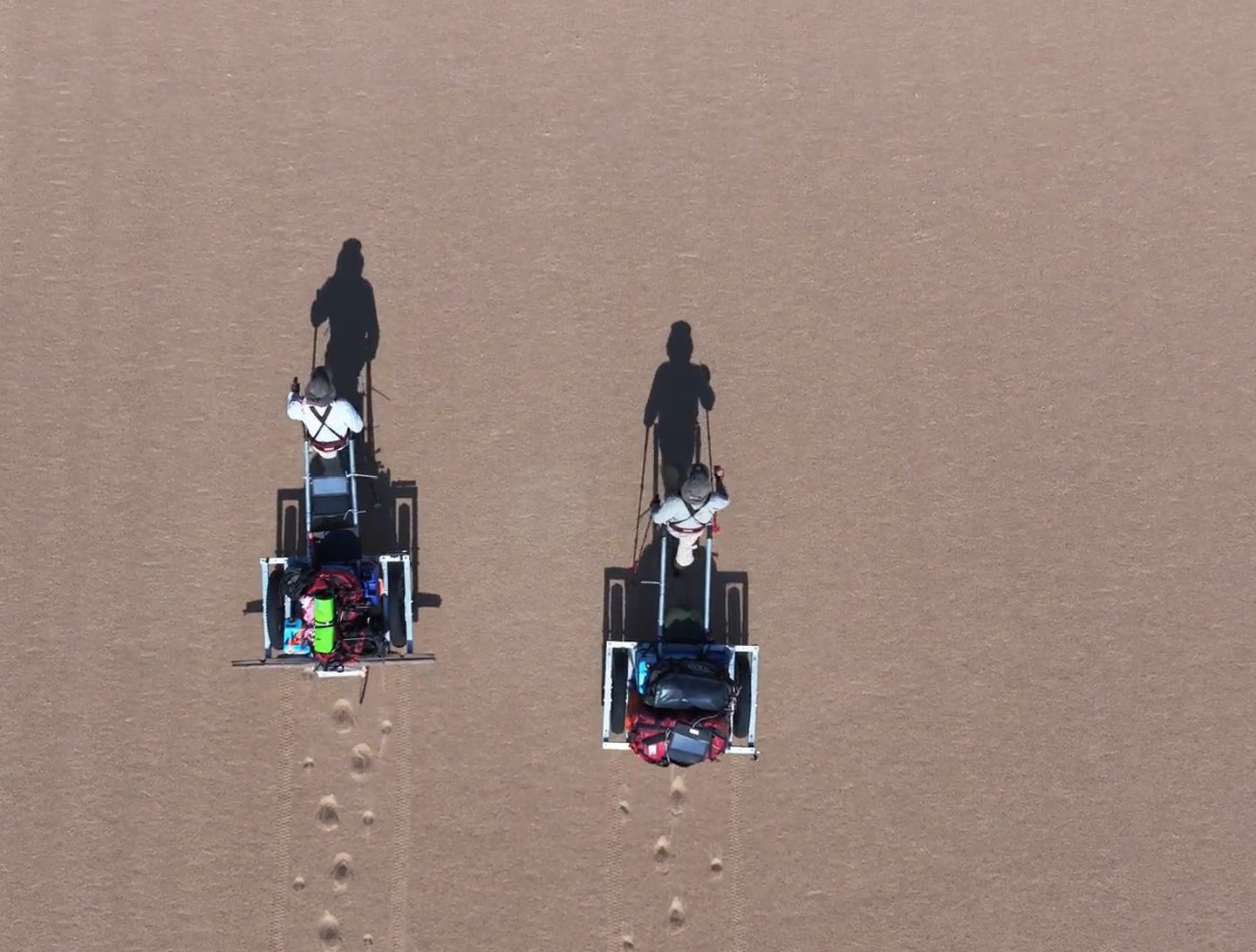
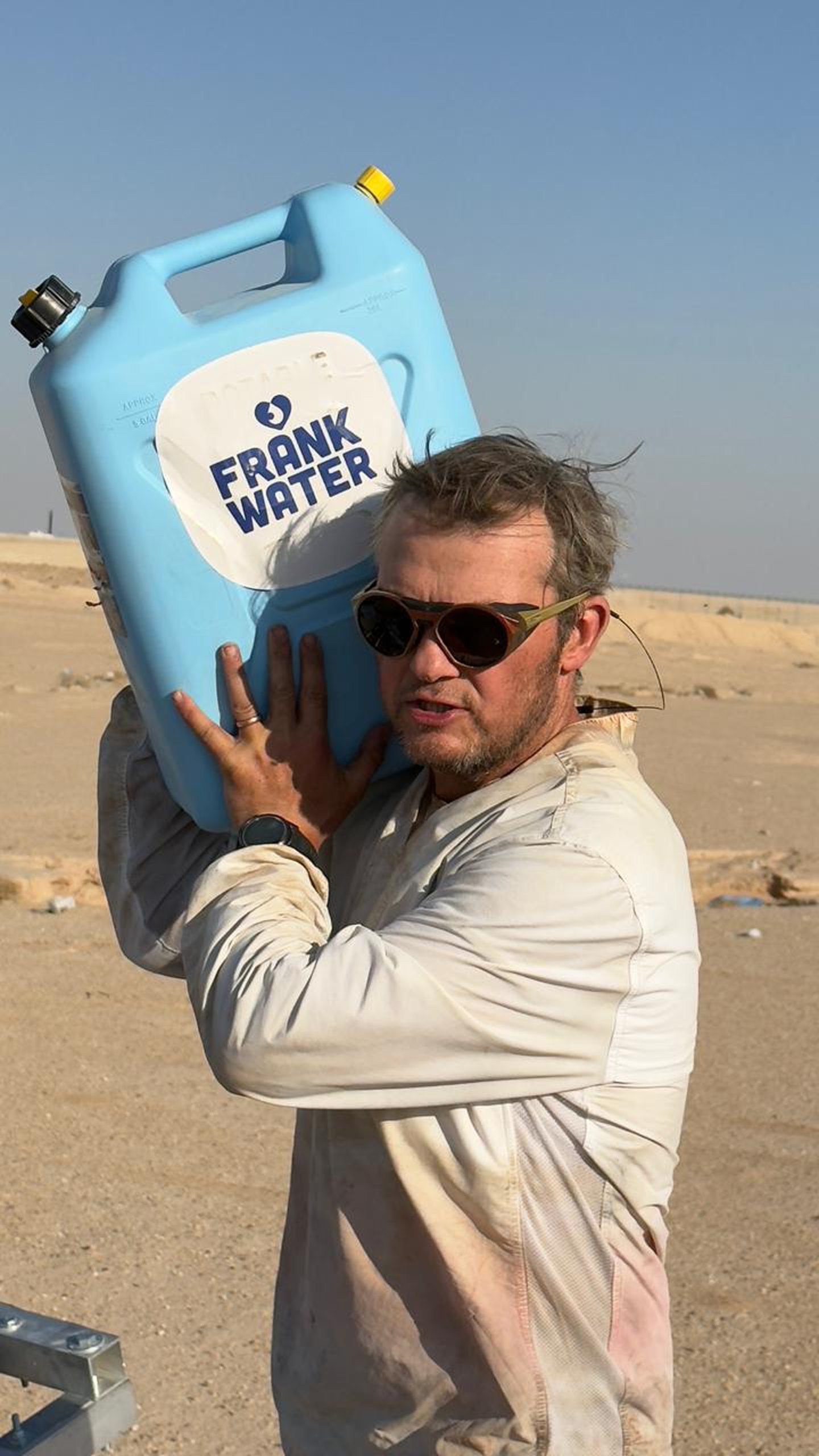

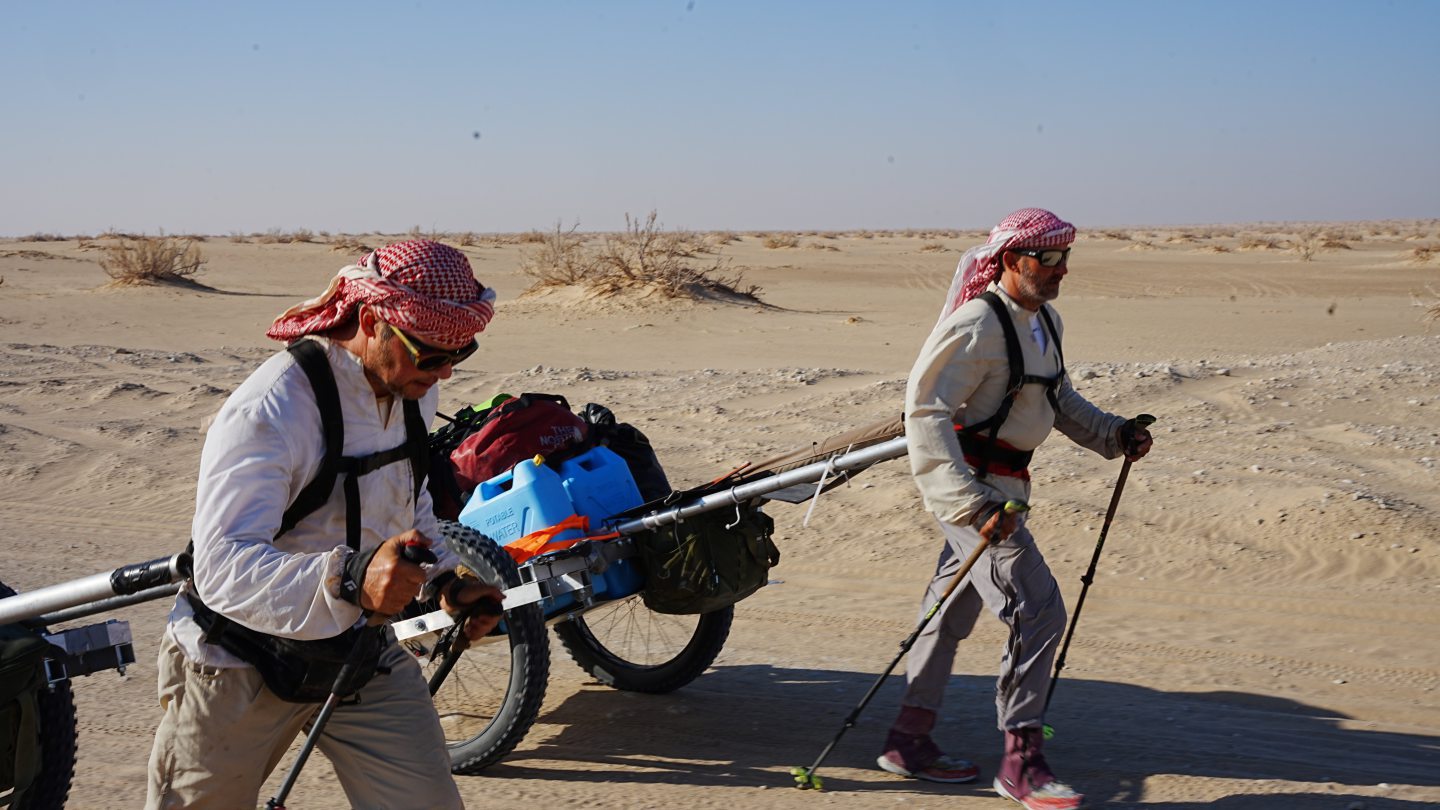

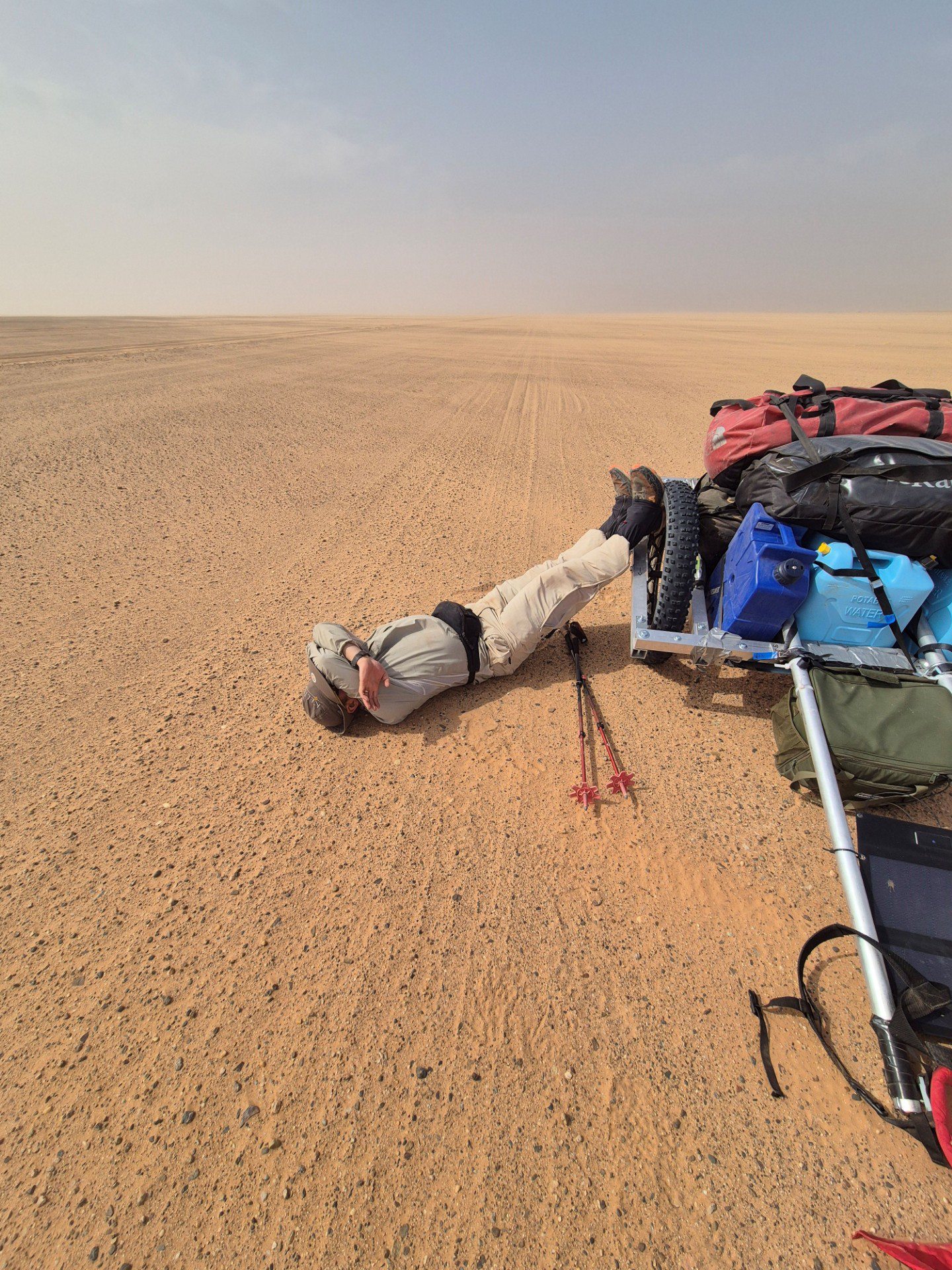
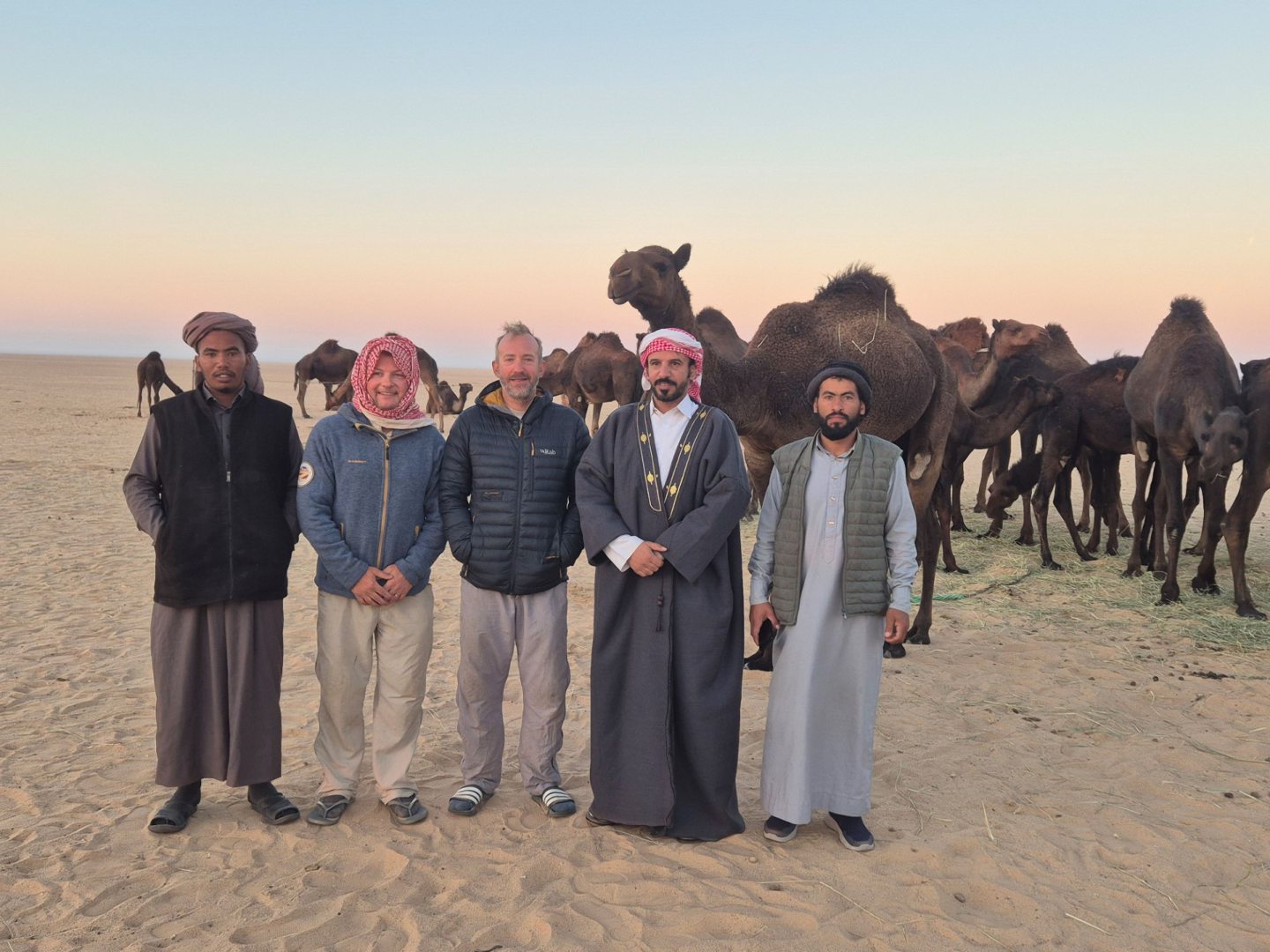
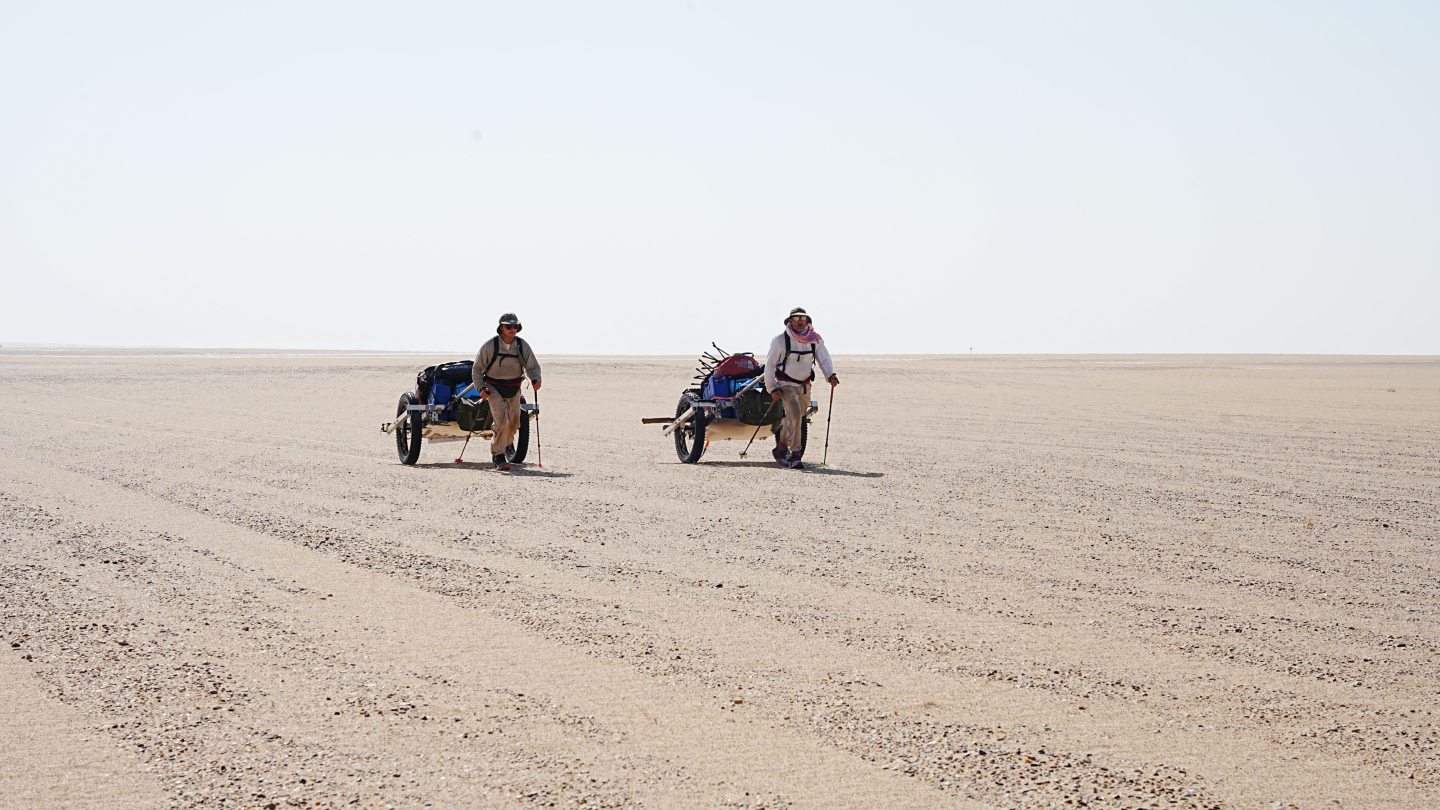
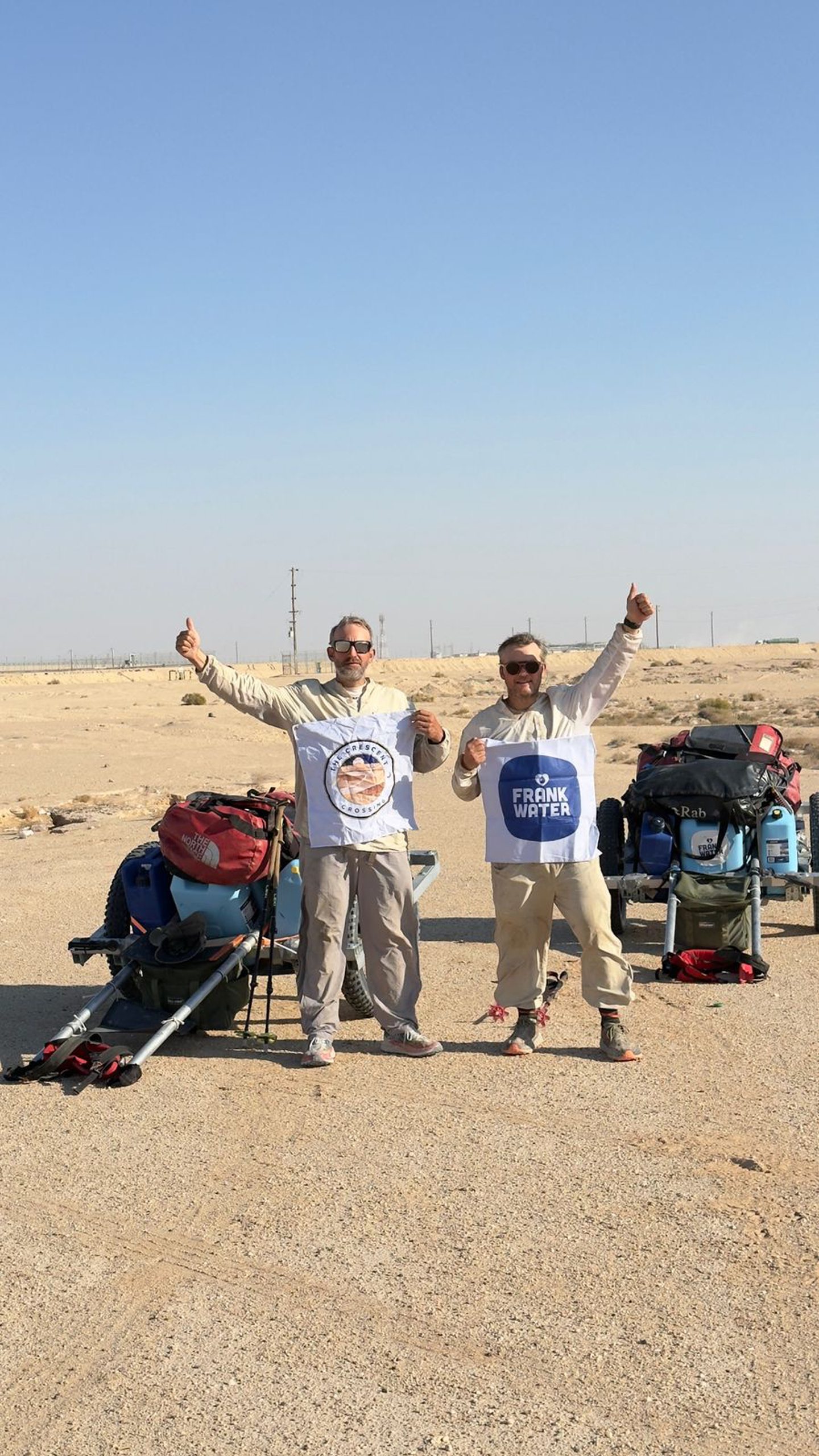
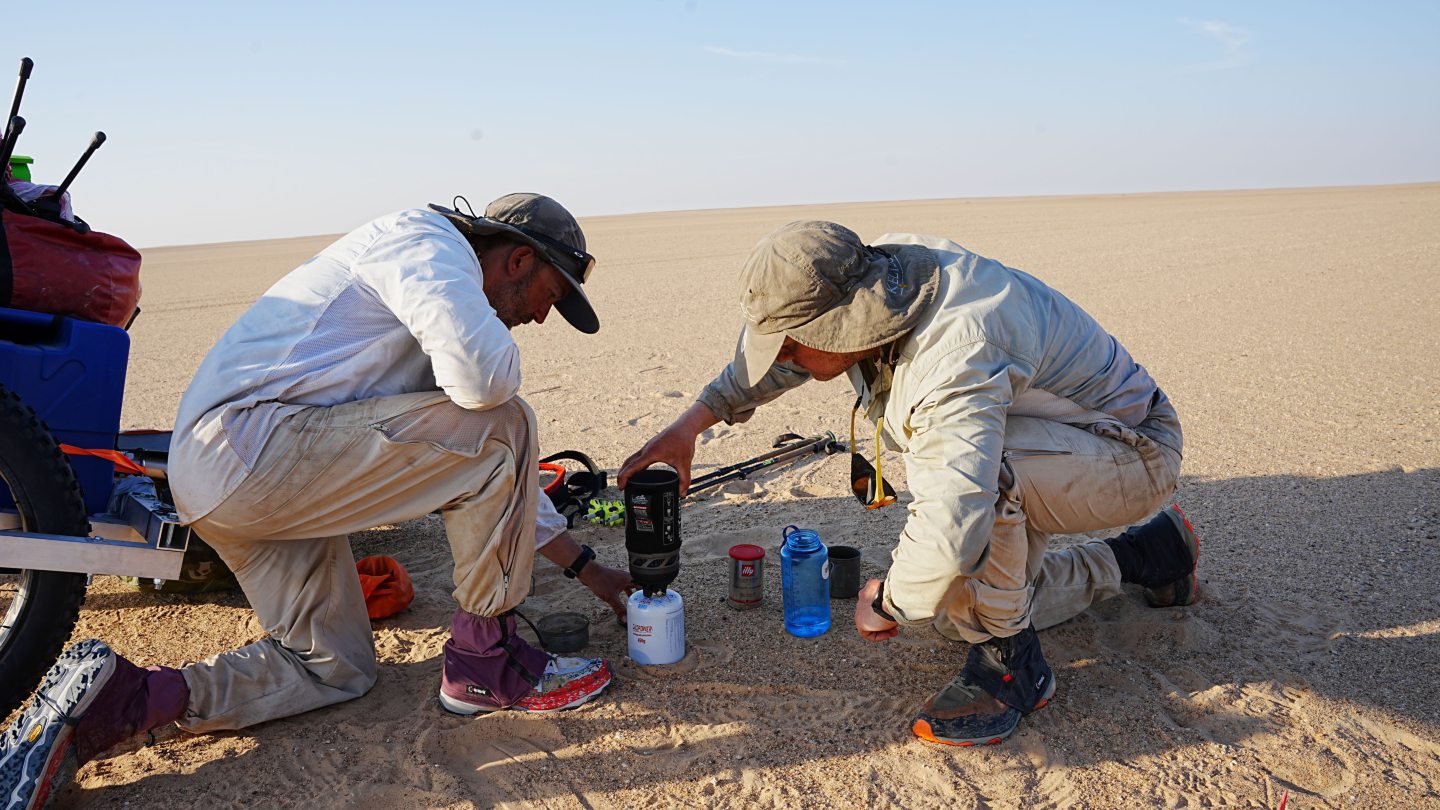
Conversation